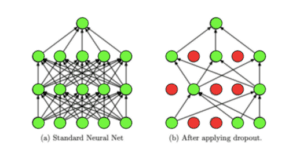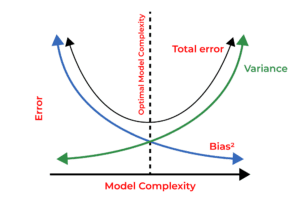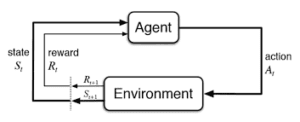A Brief History: Who Developed It?
Sanger’s network, introduced by Terence D. Sanger in 1989, is an advanced extension of Oja’s rule. It addressed challenges in neural computation by introducing a structured way to extract multiple principal components. This innovation paved the way for improved feature extraction in unsupervised learning systems.
What Is It?
Think of Sanger’s network as a gardener pruning a tree, carefully shaping it to retain its strength and beauty while removing excess branches. Similarly, this network extracts principal components from data, filtering out noise and preserving critical features for dimensionality reduction.

Why Is It Used?
Sanger’s network solves several data-processing challenges:
- Dimensionality Reduction: Simplifies datasets without losing essential insights.
- Feature Extraction: Identifies patterns, making raw data more interpretable.
- Data Compression: Reduces storage needs while maintaining accuracy.
Challenges Addressed:
- Overcoming inefficiencies in processing high-dimensional data.
- Mimicking natural neural processes to improve machine learning pipelines.
- Structuring outputs for enhanced decision-making and pattern recognition.
How It Is Used
Sanger’s network works step-by-step:
- Initialize Weights: Assign initial values to neurons in the network.
- Iterative Learning: Sequentially adjust weights to capture one principal component at a time.
- Optimized Output: The result is a transformed dataset, ready for downstream applications such as predictive modeling or visualization.
For instance, Sanger’s network can be applied to real-world problems in predictive analytics, enabling data preprocessing with reduced dimensionality.
Different Types:
Sanger’s network inspired advanced adaptive systems:
- Hierarchical Neural Networks: Designed for deeper feature discovery.
- Dynamic Component Extractors: Adaptable for environments with changing datasets.
Different Features:
- Sequential Principal Component Learning: Learns and orders components by importance.
- Resource Efficiency: Handles large datasets with minimal computational overhead.
- Scalability: Adapts well to growing datasets.
Software and Tools for It:
- Scikit-learn: Offers PCA-based methods influenced by Sanger’s network.
- TensorFlow and PyTorch: Provide flexible platforms for implementing neural learning rules.
- MATLAB: Simulates neural processing with high visual precision.
3 Industry Application Examples in Australian Government Agencies
- Australian Bureau of Statistics (ABS): Uses Sanger’s network for census data processing, improving accuracy in population analysis.
- Commonwealth Scientific and Industrial Research Organisation (CSIRO): Leverages it for ecological research, mapping biodiversity and modeling environmental changes.
- Transport for NSW: Applies Sanger’s algorithm for real-time traffic analysis, streamlining transportation management systems.
How interested are you in uncovering even more about this topic? Our next article dives deeper into [insert next topic], unravelling insights you won’t want to miss. Stay curious and take the next step with us!








